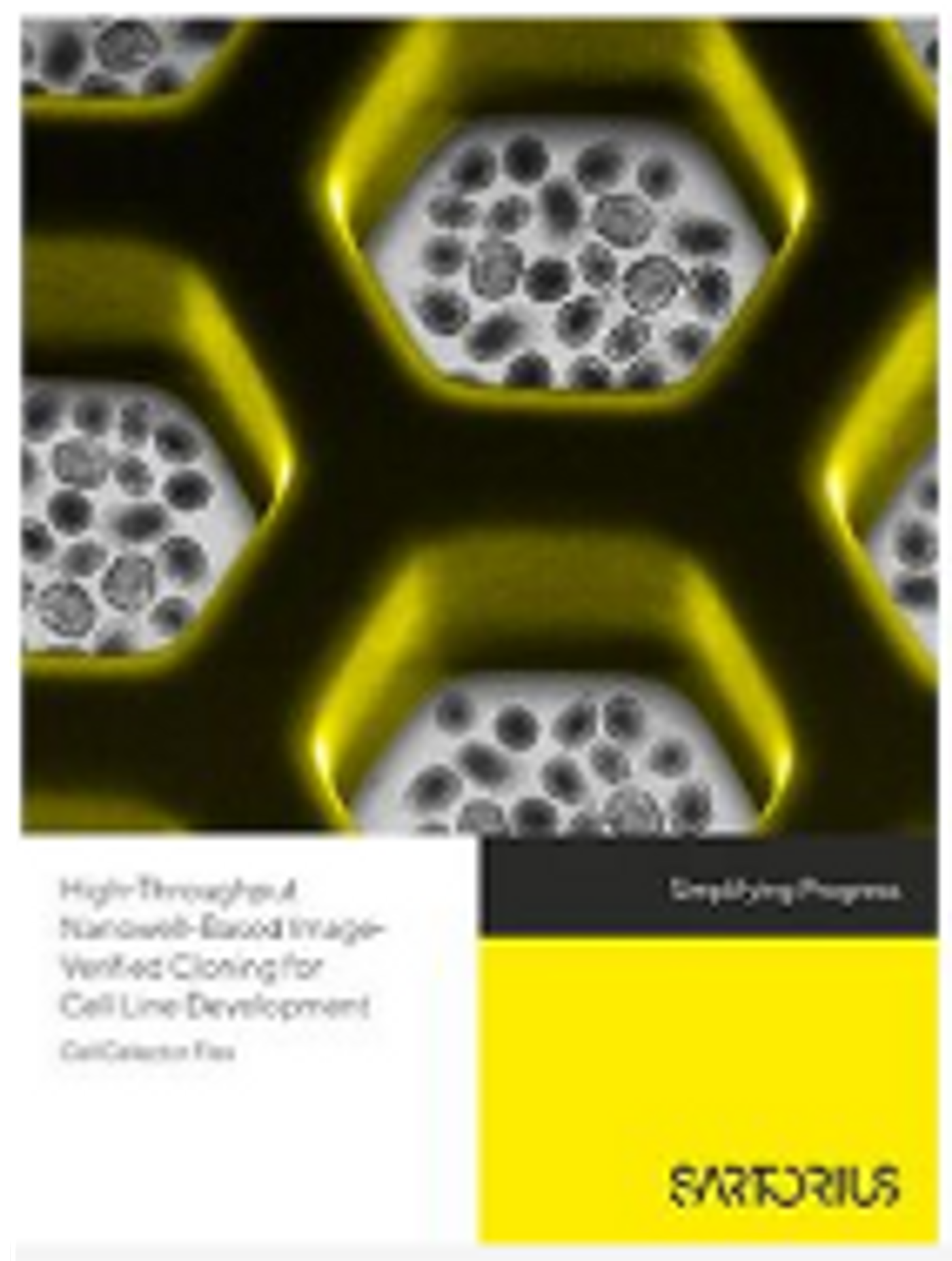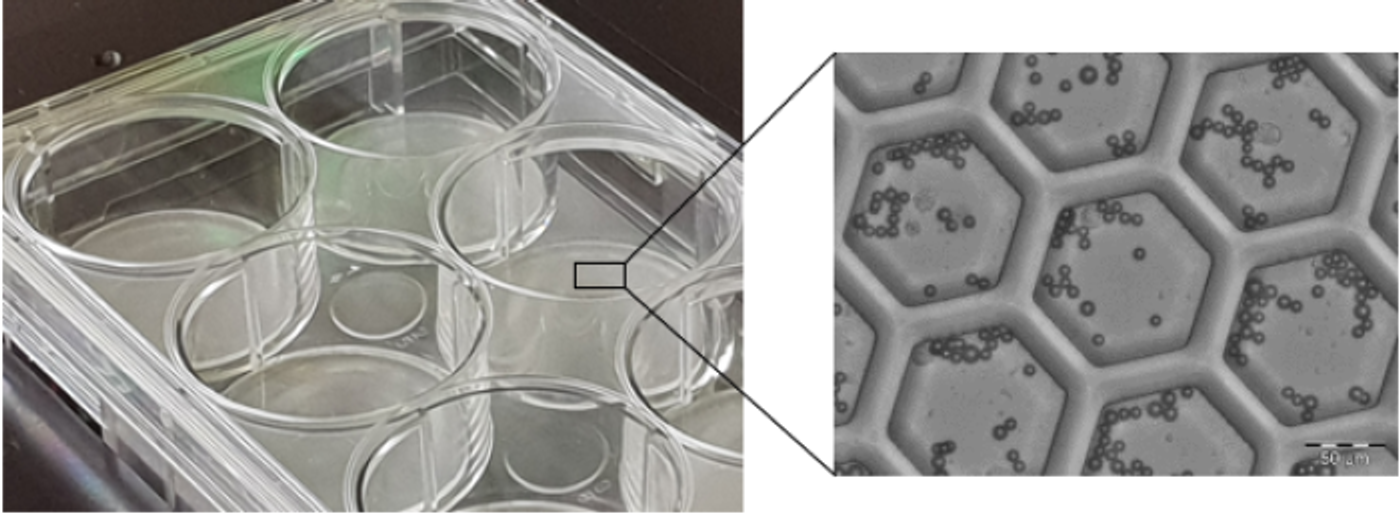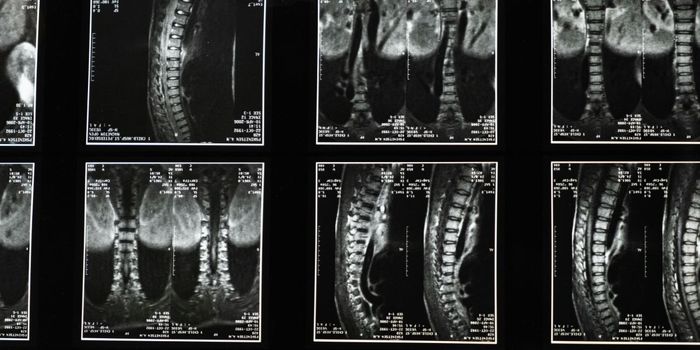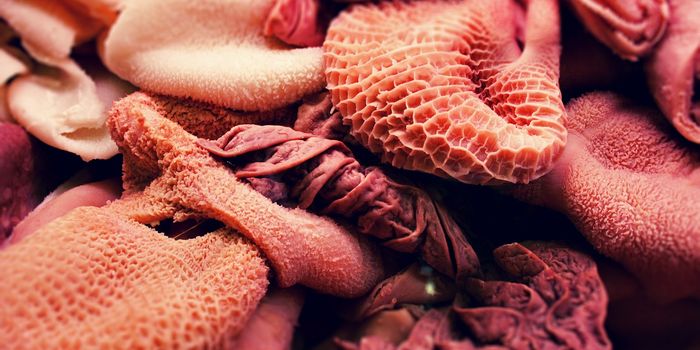Automated Cell Picking Platform Opens Universe of Possibilities
Automated, robotic instruments are revolutionizing scientific research and bringing more productivity and throughput to routine workflows. Single-cell isolation is critical to numerous research areas, such as biologics discovery, CRISPR cloning, and stem cell studies, just to name a few. Yet, the process of identifying and isolating productive single cells continues to be a hurdle, due in part to resource-intensive, low-success techniques like limiting dilution.
CellCelector is a game-changer for cell and colony picking, because it can do the job right the first time, while being extremely gentle on cells. Here is what makes this technology so transformative, according to its creator, Jens.
What is the CellCelector?
"CellCelector is a fully automated system for identifying and picking target cells or colonies from a culture plate. Its unique ability to correctly recognize target cells and gently retrieve them makes the instrument useful in a wide range of research applications.”
How does this technology work?
“CellCelector consists of three major modules: an inverted fluorescence microscope, a high-precision robotic cell-picking system and a PC workstation with powerful imaging software.
The software takes images of the whole sample area (i.e., the petri dish or microplate well) and looks for cells or colonies that meet specific criteria based on morphology or fluorescence. Next, the picking module goes to the target cells, aspirates and then dispenses them into a destination vessel such as a PCR plate.”
What are the applications of automated cell selection?
“This technology can save hours of manually assessing and picking cells in applications with rare cells and stem cells, as well as bioprocess applications.
A perfect example is analysis of circulating tumor cells, which are very rare and hard to collect from a liquid biopsy sample. CellCelector can also be used to pick induced pluripotent stem cells for splitting into replica plates prior to genetic testing or further expansion.”
What differentiates this technology?
“A lot of precision engineering and unique software has gone into the CellCelector’s design, allowing it to work quickly and reliably. The innovative Nanowell plates are a critical part of this. Aside from easy handling by the robot, the plates have great visibility within the wells, so the imaging software can easily and accurately identify wells that have a single cell.
The plate design also lets cells share media while isolated within the micro wells. This is important during the cell’s growth phase and is the reason our system gets outgrowth rates of over 90% in some cell lines.”
What impact will automation have on scientific progress?
“Automation is making its mark across many fields by giving previously time-consuming manual procedures high-throughput capabilities, thus accelerating important discoveries. CellCelector is also playing its part by simplifying progress in the research lab – in this case, shortening the overall screening time for researchers from several months to just a week.”
Related Content












